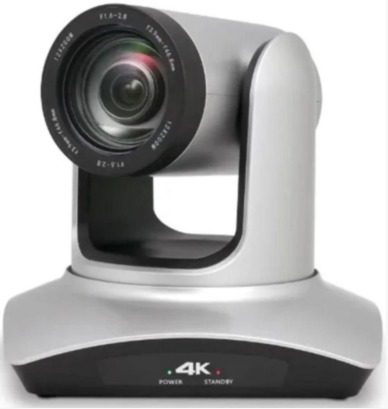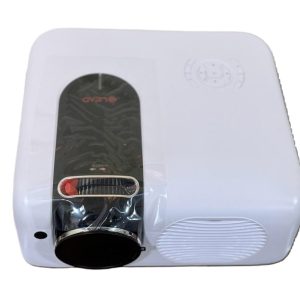Smart Classroom Solutions: The Future of Education

Introduction
In recent years, education has been transformed by technological advancements, leading to the emergence of smart classroom solutions. Smart classroom solutions refer to the integration of technology and innovative teaching methodologies to enhance the learning experience in classrooms. These solutions typically involve the use of various digital tools, interactive displays, audio-visual equipment, and software applications to facilitate teaching and learning.
In this article, we delve into the intricacies of smart classroom solutions, exploring their components, benefits, implementation strategies, and the future of education in the digital age.
Components of Smart Classroom Solutions
Smart classroom solutions encompass a diverse array of components, each contributing to the creation of an immersive and engaging learning environment:
Interactive Whiteboards/Flat Panels: Interactive whiteboards (such as LEAD Interactive Whiteboard SMT87X) are at the heart of many smart classrooms. These digitally-powered displays allow educators to present content in a dynamic and interactive manner, facilitating real-time annotation, multimedia integration, and collaborative activities such as problem-based learning activities, virtual language learning experiences, and many more.

Image i: LEAD Interactive Whiteboard SMT87X
Audio-Visual Equipment: High-quality audio-visual equipment, including multimedia projectors (such as LEAD Multimedia Projector 6000 Lumens), speakers (such as LEAD Classroom Speakers), and microphones, enhance the delivery of multimedia content such as educational videos, presentations, and live demonstrations, fostering a multi-sensory learning experience.

Image ii: LEAD Multimedia Projector 6000L
Collaboration Tools: Software applications and platforms designed for collaboration enable students to work together on projects, share ideas, and engage in discussions both in the classroom and remotely. Features such as instant messaging, file sharing, and virtual whiteboards promote active participation and peer learning.
Learning Management Systems (LMS): LMS platforms serve as centralized hubs for course materials, assignments, assessments, and communication between teachers and students. They provide educators with tools for organizing content, tracking student progress, and delivering personalized learning experiences.
Mobile Devices: The integration of mobile devices such as tablets, laptops, and smartphones into smart classrooms allows for flexible and personalized learning experiences. Students can access digital resources, participate in interactive activities, and collaborate with peers both inside and outside the classroom.
Remote Learning Solutions: With the advent of remote and hybrid learning models, smart classroom solutions now include technologies and tools for virtual classrooms, live streaming, video conferencing, and online collaboration. These solutions enable seamless communication and interaction between educators and students, regardless of physical location.

Image iii: LEAD 4K Video Conferencing Professional Camera
Benefits of Smart Classroom Solutions
The adoption of smart classroom solutions offers a multitude of benefits for both educators and students:
Enhanced Engagement: Interactive whiteboards, multimedia content, and collaborative tools capture students’ attention and foster active participation in lessons, leading to increased engagement and retention of material.
Improved Learning Outcomes: By catering to diverse learning styles and providing personalized learning experiences, smart classroom solutions empower students to take ownership of their learning journey, resulting in improved academic performance and achievement.
Facilitated Collaboration: Collaboration tools enable students to work together on projects, share ideas, and provide feedback. This promotes teamwork, communication skills, and critical thinking abilities.
Efficient Teaching Practices: Administrative tasks, such as lesson planning, grading, and communication, are made easier, and carried out more efficiently using smart tools. This allows educators to focus more time and energy on delivering high-quality teaching, and supporting student learning.
Accessibility and Inclusivity: Digital tools and resources make learning more accessible to students with diverse needs and abilities, accommodating individual learning preferences and promoting inclusivity in the classroom.
Preparation for the Digital Age: By incorporating technology into education, smart classroom solutions equip students with essential digital literacy skills, preparing them for success in a world progressively driven by technology.
Conclusion
Smart classroom solutions have begun to facilitate global collaboration and connectivity, enabling students to connect with peers, educators, and experts from around the world to exchange ideas, collaborate on projects, and solve real-world problems. These smart classroom solutions hold tremendous potential to transform education, empower learners, and prepare them for success in the digital age. By embracing innovation, collaboration, and continuous improvement, educators can harness the power of technology to create dynamic and engaging learning environments that inspire curiosity, creativity, and lifelong learning.
Lead Technology Innovation, a forward-thinking audiovisual solutions company, offers these smart classroom solutions at competitive prices. Their products and services compete with world renowned brands, and they boast of quality customer service and satisfaction.

 Multimedia Projector
Multimedia Projector Video Conferencing Solution
Video Conferencing Solution